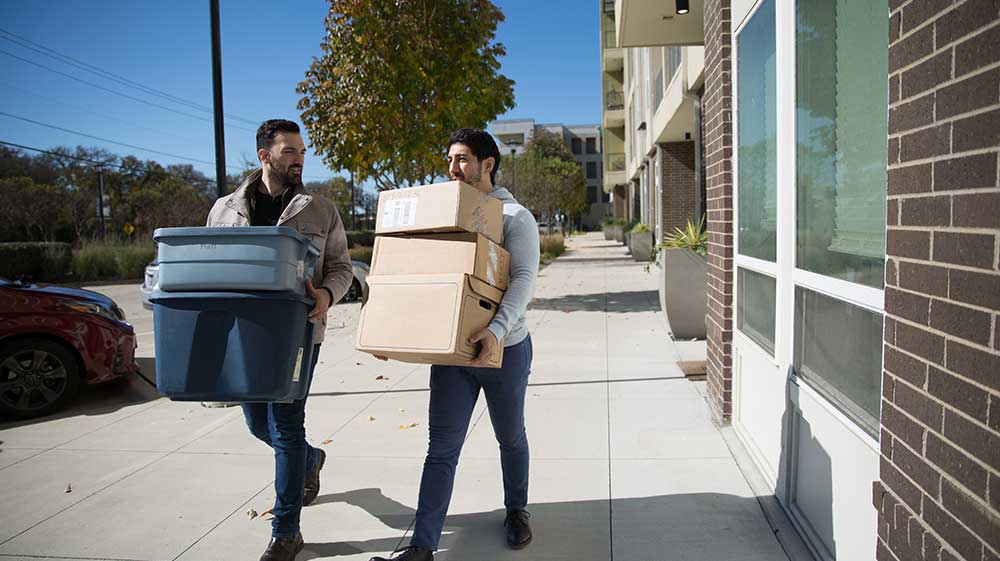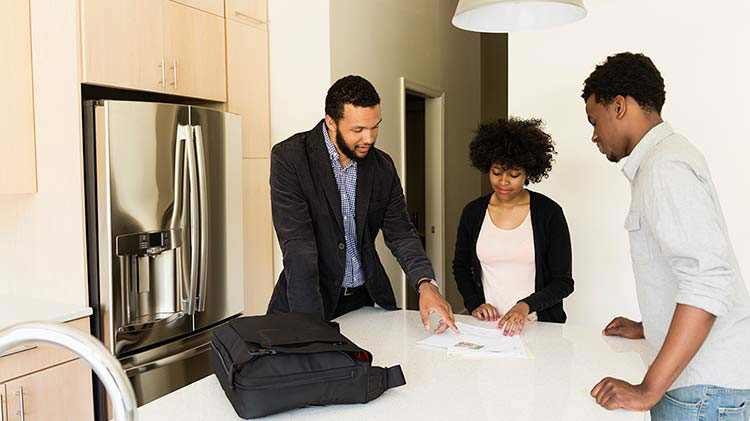How to become a landlord and manage a rental property
Managing a rental can be a lot of work, but with the right advice and tools, it can be easy. Consider these screening techniques.
Maybe you've just invested in your first rental property or you're in the process of renting out a home you used to live in. Either way, you're a first-time landlord and you might not know where to begin. Managing a rental property can be a lot of work, but with the right advice and tools, it can be easy.
After your rental property is ready to be rented, here are some steps to becoming a landlord.
Learn about tenant laws
As a landlord, you will want to become familiar and understand the ever-changing landlord-tenant laws. It is important you stay up to date on building codes, regulations and rules at the federal, state and local levels. You can begin your research by calling the department of housing, if your state has one, and speak with your local administration office to learn about rental property rules and regulations. Make sure any research or books you choose are applicable to your state and are from a reputable source whether that is an expert lawyer or publisher.
Find tenants
First, you'll want to find renters to rent your vacant unit. This might require some prep work if you're new to this and you may want to check out the latest rental trends. To start, make sure your property is in tip-top condition. Complete any maintenance that needs to be done, such as painting the walls or updating appliances. Next, take photos of every room in the property, as well as the exterior. Then it's time to list the unit.
You can list the rental unit in your local newspapers, use "For Rent" signs, hire brokers or list the unit online. If you list online, your listing will be available 24/7 and allow potential tenants to view a description of the unit along with photos.
Where you list your property will impact how many prospective tenants see your listing and the quality of the tenants you're attracting. To help maximize interest and attract the right tenants consider:
- List your property in multiple places.
- Make sure they're high quality places where responsible tenants search.
- Create and follow a thorough screening process.
Screen tenants
Once you have some interest, you should start screening the potential tenants:
- Show your property so you meet tenants in person.
- Provide rental applications to interested tenants.
- Utilize credit, background and eviction checks.
Nowadays, it's easy to screen tenants online. Tenants have the option to authorize an application and reports without providing their Social Security Number. It's also a soft inquiry so their credit score is not impacted.
After choosing a tenant and agreeing to important lease terms (date of occupancy, rent price, deposit or fee amounts), it's time to make things official. You're ready to sign a rental lease.
Writing a lease from scratch takes time and requires research, and hiring a lawyer can be expensive. Another option is to customize a rental lease template that follows your local laws — that way, the work is done for you.
Collect rent
Similar to the above steps, consider collecting rent online. Tenants love the convenience of online payments, including Auto-pay, and you'll get direct deposits into your bank account. With online rent collection, you don't have to worry about sending rent reminders, rent receipts or manually following up with your tenant if they pay late.
Maintain the property
Your property is your investment — it pays to keep your rental property in good condition. Plus, tenants may continue to take care of your property if that's the example you set.
To maintain your property, here are a few key places to start:
- Check up on the property at least every three months, if not every month.
- Give your tenants an easy way for them to contact you about maintenance and other questions or problems.
- Follow up and address repair and maintenance issues right away.
Get landlord insurance
Becoming a landlord can also bring on the potential of liability. Make sure you have acquired landlord insurance to protect your property and financial assets from accidents and sudden loss. Typically, landlord insurance covers items such as the property’s structure, loss of rental income during repairs, along with medical expenses or legal costs, if associated with your property.
Check with your local State Farm® agent to determine the type of coverage you need.
Keep records and stay organized
Managing a rental property can be challenging as you keep valuable records and stay organized. It is imperative to do a thorough inspection and capture photos prior to a tenant moving in. This will help ensure you are aware of damages after a tenant moves out and if the security deposit should be retained for the repair work. Here are a few ways to help you:
- Utilize a filing system for receipts including those from reimbursements, utility bills, property taxes, insurance premiums, mortgage payments and advertising costs.
- Maintain proper paper and electronic copies of all documents for legal and tax purposes.
- Provide a receipt for both security deposits and rent payments.
- Communication with tenants, employees and maintenance people should be documented.
- Safely store rental applications, lease agreements, insurance documents and repair bills.
- Consider using a fireproof safe to store your important documents.




